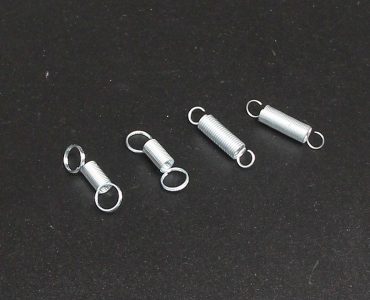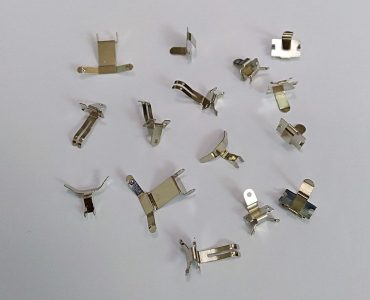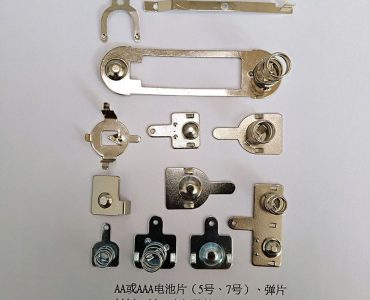How to deal with the failure of the compression spring?
After the spring is formed, it is generally subjected to low-temperature stress removal annealing or blue treatment at 220-330°C, or according to the operating conditions of the spring and the characteristics of the selected material, it is necessary to adopt hardening and tempering to enhance the spring force. However, clamps should be used during the heat treatment of the spring to prevent the ring from becoming smaller and securely clamped with the shaft during operation. The rest, such as removing the corners on the two outer ends, and radial burrs inside and outside, should not be underestimated.
In the event of a spring with a tendency to bend, a coil of strips can be used to repeatedly force conflicts along the longitudinal axis of the tensioned spring until the surface is locally hardened. Spring is not in place, failure method and reason. In practical work, we often encounter that the spring cannot push the moving object to the set position, that is to say, the calculated free length of the spring becomes shorter. The main reason is that there is no initial tightening process, that is, a manufactured spring is tightened to its tightening height or tightening height (if necessary) with a greater force, and it cannot be recovered to him after releasing it. The original free length operation. The amount of shortening is called the “initial tightening amount”.
Generally, after repeated 3-6 times of tightening, the length is no longer shortened, that is, the spring is “positioned”. After the initial contraction, the spring is permanently deformed. Precaution. In practice, the compression spring should be able to maintain its operating length even if it is subjected to a force beyond the elastic limit of the material. Therefore, the length of the finished spring should be equal to the calculated length of the spring plus the initial tightening amount, which can prevent the spring from being out of place, preventing risky stress when the coil is tightened, and causing the spring’s characteristic line to be abnormal and not in place. Antenna spring
compressed spring
In the heat treatment process of the finished spring, especially the hardening and tempering process, the workpiece must be placed horizontally (horizontally) in the furnace to prevent the spring from being shortened due to its own weight and the operation is not in place. Insufficient spring force requires a certain spring force under regular deformation. Once the load is removed, the spring recovers to its free length and smoothly moves the moving parts to the set position. But sometimes it cannot be in place due to insufficient spring force. Gold-plated spring
Among them, there are technological elements. For example, during the spreading process of the spring, it is necessary to overcome the conflicting force between the ring and the ring, between the ring and the mandrel or sleeve, and between the moving pairs. Sometimes the conflict force varies greatly (up to ± 50%), it will lead to insufficient spring force, unable to overcome the conflict force to make the moving parts in place, resulting in spring operation failure. For this reason, it is necessary to strictly implement each process in the production process specification, such as screening data, spring forming, flattening both ends, removing edges and corners, heat treatment, proofreading adjustment, initial shrinking treatment, inspection and refueling. In addition, spring force is also related to design elements and material selection elements. Copper wire spring
From the two main calculation formulas of the spring, namely the deformation formula: λ=8PD32n/Gd4 and the stress formula τ=K8PD2/πd3, it can be seen that the spring force is greatly affected by the wire diameter, coil diameter, deformation and number of turns, depending on the characteristics of the material, Ambient temperature, load characteristics and dynamic effects are closely related, and they can all cause abnormalities in the indication lines of spring force and deformation.




